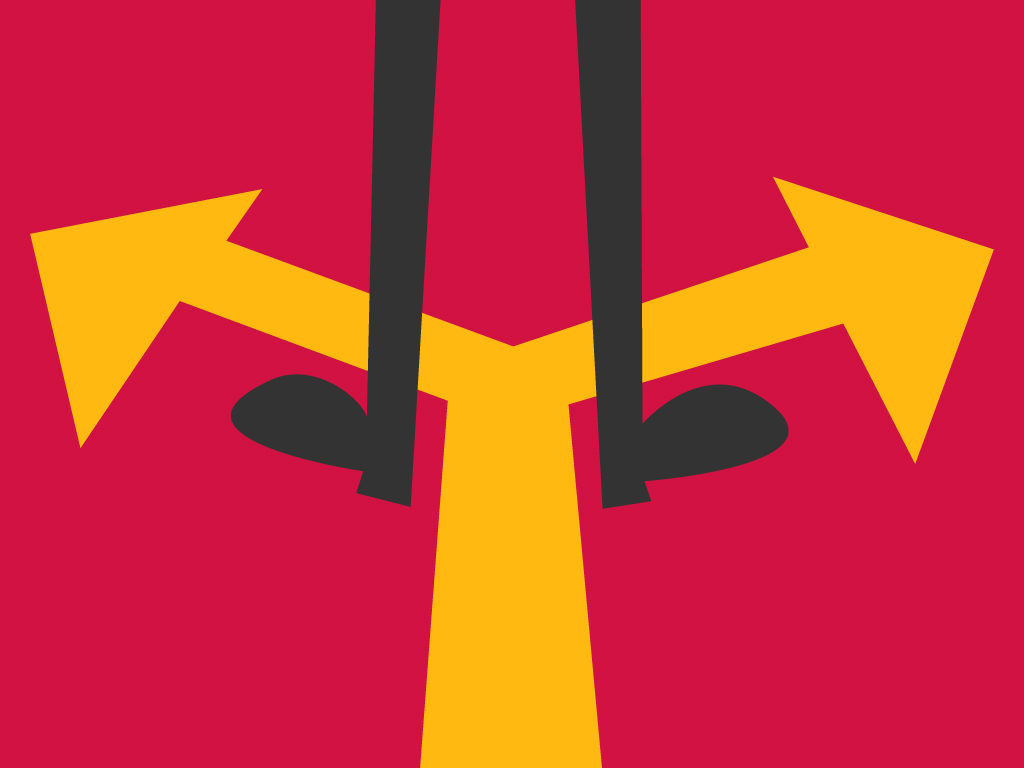When Googlebot indexes a site, it tries to determine the original content of each page. If Googlebot finds multiple pages on the same site that seem to be the same, it chooses the page that it thinks is the most complete and useful, and marks it as canonical. The canonical page will be crawled most regularly; duplicates are crawled less frequently to reduce Google crawling load on your site.
Google chooses the canonical page based on several factors (or signals), such as whether the page is served via http or https; the user’s declared preferred domain; page quality; the presence of the URL in a sitemap; and any “rel=canonical” labeling. You can indicate your preference to Google using these techniques, but Google may choose a different page as canonical than you do, for various reasons.
Different language versions of a single page are considered duplicates only if the main content is in the same language (that is, if only the header, footer, and other non-critical text are translated, but the body remains the same, then the pages are considered to be duplicates).
Google uses the canonical pages as the primary sources to evaluate content and quality. Google Search result usually points to the canonical page, unless one of the duplicates is explicitly better suited for a user: for example, the search result will probably lead to the mobile page if the user is on a mobile device, even if the desktop page is marked as canonical.
